Jackson Hole Wildlife Tour Log Early April 2017


Spring is here. Snow in the Jackson Hole valley are rapidly receding, with ribbons of bright green grasses following, a glimpse of summer’s bounty to come. The region’s rivers have begun to swell with runoff, though the mountain peaks of the Teton and Gros Ventre Mountain Ranges remain blanketed with a record breaking snowfall.
April is an exciting time for wildlife now returning to Grand Teton and Yellowstone National Parks, and the mountainsides of the adjacent Bridger Teton National Forest. The great migrations of elk, mule deer, and pronghorn antelope have begun. Some will travel over 150 miles on hoof, returning to summer ranges which have been resting beneath a blanket of deep snow all winter.
Wolves are denning, preparing to raise next year’s litter of pups. Grizzly bears have emerged in Yellowstone’s Lamar Valley and northern Grand Teton National Park and are on the move, leaving tracks in the soft snow.
We’ve been experiencing all of this and more on recent wildlife safaris in Jackson Hole, observing the changing of the seasons beneath the Grand Tetons. Learn more from the latest Jackson Hole Wildlife Tour Log.
Migrations of the Greater Yellowstone Ecosystem
Life in Yellowstone and Grand Teton National Parks is sustained by great migrations. Retreating from ever deepening snows in fall, big game concentrate in valleys like Jackson Hole. This winter close to 9000 elk wintered just minutes from Jackson’s town square. They are now moving north into Grand Teton and Yellowstone National Parks, following the melting snows. At least 6 distinct herds of elk will return to the Yellowstone Plateau from winter range in every direction, entering from Montana, Idaho, and Wyoming.
“Political boundaries mean nothing to nature, it’s a permeable boundary and they just move back and forth as their biology dictates” - Tom Lovejoy Watch this amazing video from NatGeo to learn more about the incredible migrations of the Greater Yellowstone Ecosystem
Bison, having also wintered on the National Elk Refuge, are beginning to head towards summer range in Grand Teton National Park. Some have already crossed the Gros Ventre River and have been visible on wildlife tours in the southern end of Jackson Hole. In the next few weeks we expect to see the first calves of spring born. Calves have already been spotted in the lower elevation Northern Range of Yellowstone, it won’t be long now!
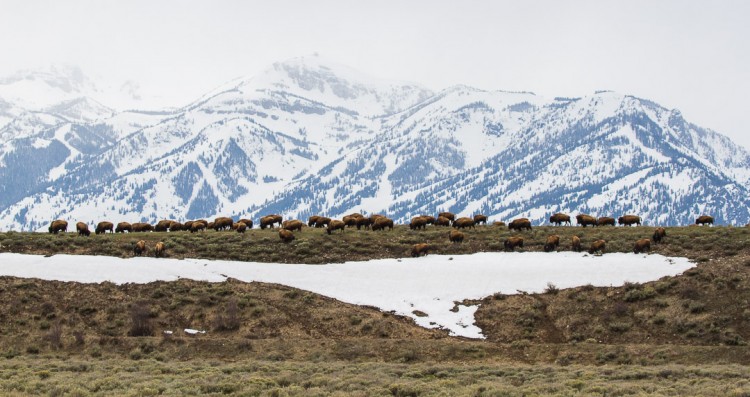
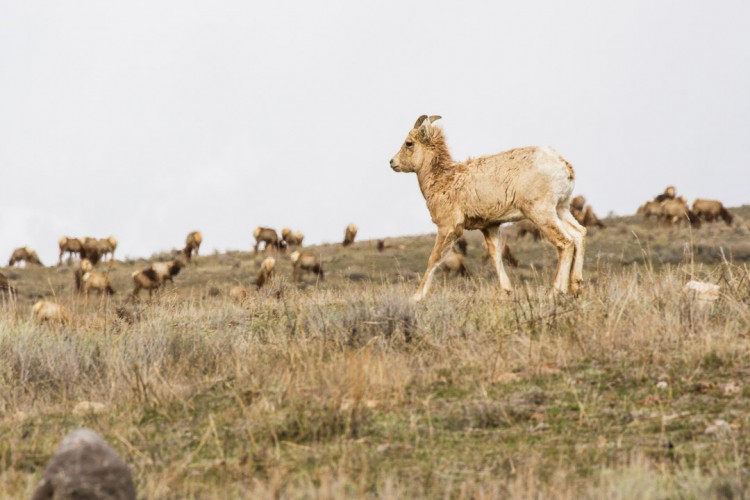
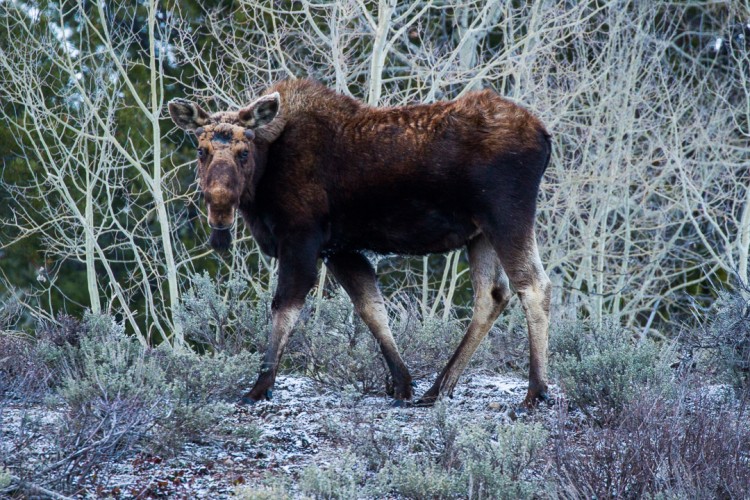
The Nesting Season Begins
The sounds of western meadowlarks, mountain bluebirds, song sparrows, northern flickers, and other migratory songbirds are again filling the morning air, with more species arriving every week. Over 300 bird species call Yellowstone and Grand Teton home in the summer, a birders paradise.
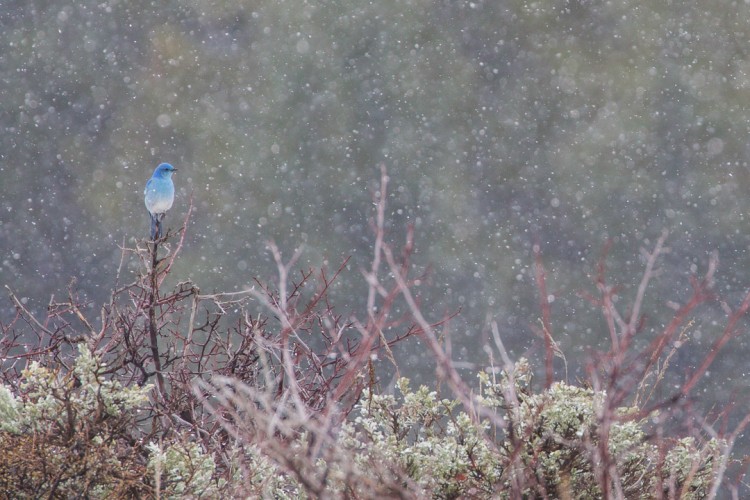
Osprey have returned to Wyoming from the Gulf Coast or even as far as Cuba! Many nest on platforms adjacent power poles near the Snake River, but some nest sites have been taken over by canada geese! Many bald eagles, ravens, and great horned owls are now incubating eggs. Northern harrier, easily identified by their flight pattern just a few feet off the ground have also been viewed recently.
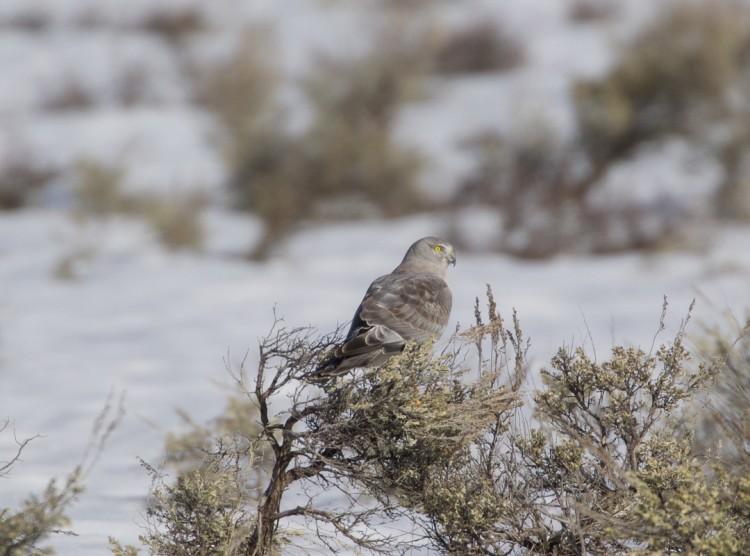
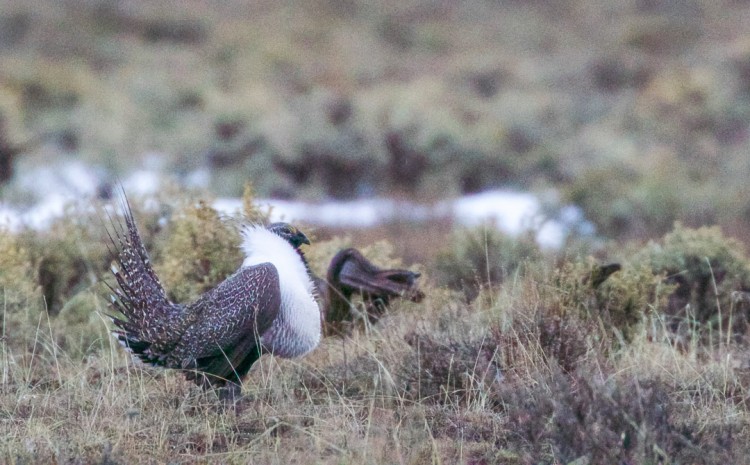
Grizzlies return to Grand Teton National Park
We observed our first grizzly of spring this week, a large boar, or male. Males are usually the first to emerge from winter hibernation, followed by solo females, females with older cubs, and finally females with cubs of the year. We also observed the tracks of an adult female with a pair of two year old cubs in tow. Grizzlies emerge slimmed down from their fall weight having lost up to 40 percent of their body weight! In what is called a ‘walking hibernation’ bears spend the first 10-14 days in a sleepy state, resting frequently as they cruise across the landscape in search of food. Grizzlies often find winter killed carcasses to feed on but will also dig up plant roots or excavate seeds stored by squirrels in piles known as middens with their long claws.
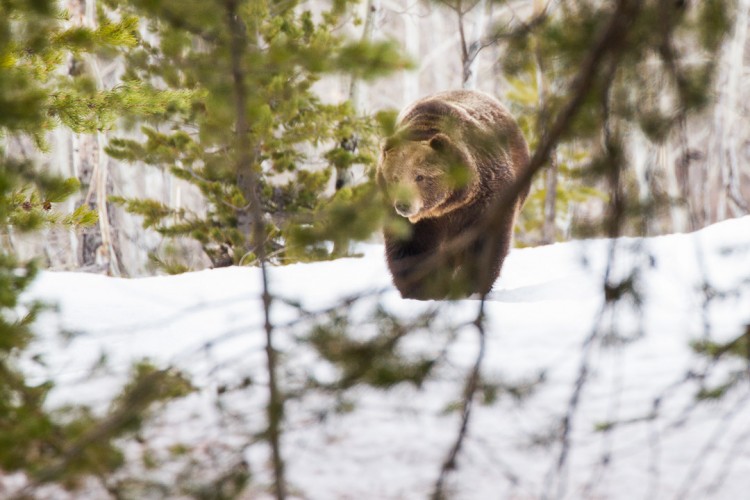
Grand Teton National Park Wolves
We’ve been fortunate to have some great wolf sightings in Grand Teton this winter and spring. Around 6 packs of wolves are active in and around the park, and should be denning now or very soon in preparation of spring pups! Though they are now concentrating near den sites, wolves will still travel great distances in search of elk, their principal prey source.
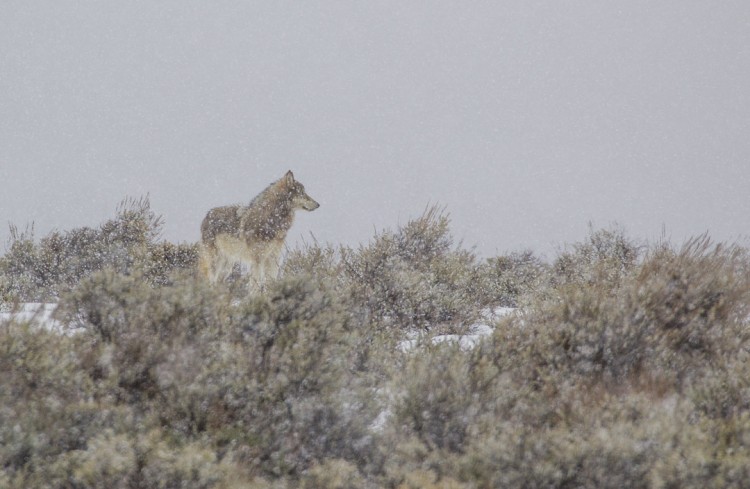
Welcoming Spring in Jackson Hole
With the winter ski season now over, April and May are perfect times to beat the summer crowds in Grand Teton and Yellowstone National Parks. Join us on a wildlife safari in Jackson Hole, observing the migrations and watching spring unfold. Experience what Wildlife Ecologist and National Geographic Adventurer Arthur Middleton calls “the greatest wonder of the Greater Yellowstone Ecosystem.”
To learn more about a safari with Ecotour Adventures visit our website or call (307) 690-9533. We hope to see you soon!
Photos and blog by Naturalist Josh Metten













